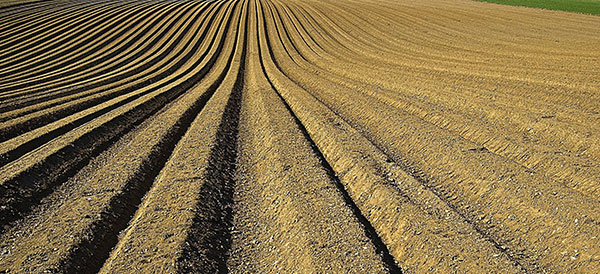
Soils
Peatland Conservation in Environmental Law
Thilo Tesing - University of Bonn, Prof. W. Durner
Mires and peatlands are seen as a means of combating biodiversity loss and climate change and have therefore increasingly become the focus of environmental policy strategies. Due to their very special and unique characteristics, peatlands in their natural state are not only a habitat for various - in some cases endangered - plant and animal species, but also a carbon sink. In their drained state, on the other hand, they are a source of greenhouse gas emissions. Currently, around 92 % of peatland soils in Germany are in a drained state. In order to preserve and improve biodiversity in Germany and reduce greenhouse gas emissions, it is planned to consistently protect natural and restore drained peatlands in the coming years.
While the characteristics of peatlands have been researched and described in numerous works in the natural sciences, they have hardly been dealt with in a legal context. The research project therefore intends to contribute to dealing with legal issues in connection with the protection and restoration of peatlands. The aim is to describe the role of peatlands specifically in environmental law. The project will illustrate how the law currently attempts to prevent damage to peatlands and which regulations must be observed in particular when taking measures to protect or restore peatlands. In this context, the work will also address previously unresolved legal issues and thus provide the reader with a comprehensive overview of how issues of peatland protection and restoration are dealt with in the field of environmental law.

